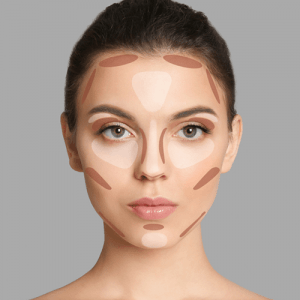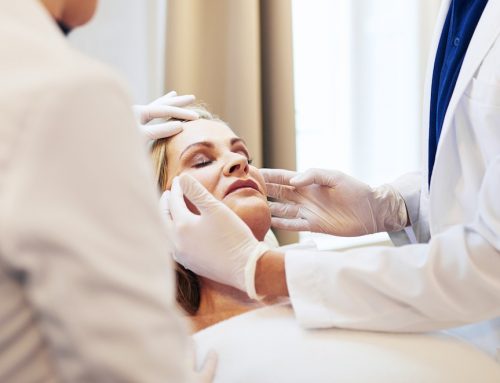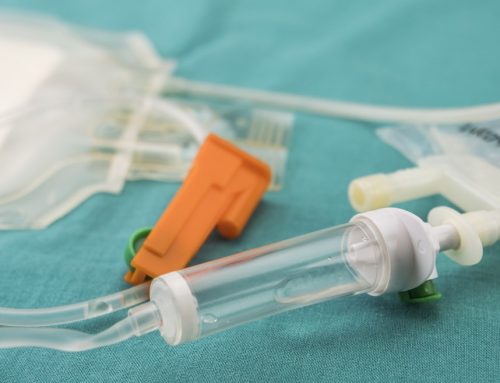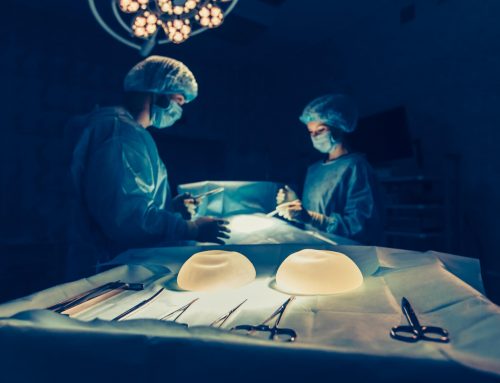Gynecomastia is breast development in a male. Since breasts are composed of both glandular and fatty tissue, the relative contribution of each determines the proper treatment. Most gynecomastia is idiopathic (it just happens). Occasionally, medications or medical conditions can be responsible for the problem. These are sorted out before surgical treatment. You can also read more about gynecomastia here.
Time
About 30% of teenage boys develop some modest gynecomastia as they pass through puberty. Almost always it disappears without treatment although its complete resolution may take a couple of years. The small breast bud can be tender which is an occasional indication for earlier treatment as would be a persistent increase in the size of the breasts.
Medications
Some medications, such as those used to treat breast cancer, have been successful at getting rid of gynecomastia. These medications are controversial and have not specifically been approved by the FDA to treat gynecomastia.
Surgery
A plastic surgeon has the choice of liposuction, excision, or a combination of the two to treat gynecomastia. Liposuction is indicated when the breast mound is substantially fat. Excision is indicated when the breast is mostly glandular. Excisional treatment requires, in most cases, an incision that is short. Persistent gynecomastia is almost always treated with surgery. In about 90% of patients, liposuction alone will yield a satisfactory result.
In conclusion, although gynecomastia is an embarrassing condition, it is treatable. First, it is necessary to visit a physician to exclude treatable causes of gynecomastia. A treatment plan is based on the cause of the breast enlargement and its anatomic makeup.
















